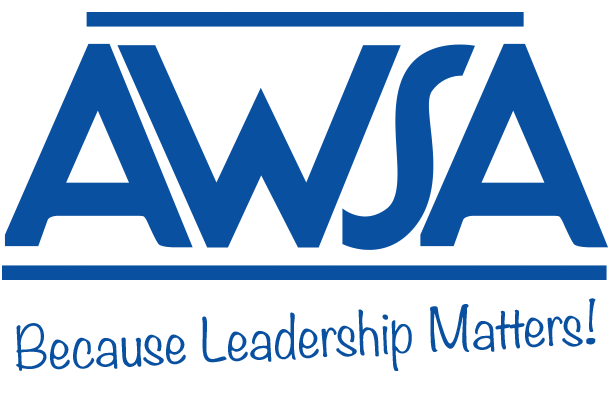Adult Learning Frameworks: Articulating What Good Looks Likeby Joe Schroeder, Ph.D., Associate Executive Director, AWSA A common root cause problem in improvement efforts is that leaders have not yet articulated what good, better, and best look like in one or more area of instructional priority for the school / system. And our work with dozens of Wisconsin school/district teams to date through our SAIL Academy and other consultation indicate that, until teams address this root cause problem, their improvement efforts are potentially “stuck.” Adult Learning Frameworks are a solution to a common problem in ways that deepen learning, focus support, cultivate collaborative culture, and instill internal accountability. A familiar adage is “everyone wants progress but few want change.” This certainly applies to any leaders who aim to advance success for all students. Of course, significantly improving teaching in every classroom is critical to the realization of such a goal. But regardless of what teaching practices a school or system wants to improve, three root cause problems at the organizational and leadership level of the school/district (Fig. 1) consistently arise that -- unless changed -- hinder teaching improvement: 1) Failing to focus the improvement agenda to the “vital few” (e.g., 1-3 priorities) Figure 1: Common Root Causes Explaining Current Levels of Student Learning Oftentimes we may wonder why teaching in our school around a local instructional priority (e.g., guided reading, use of formative assessment, personalized learning) is not showing signs of improvement in teacher practice and/or in student learning. When such questions arise, I encourage leaders to refer back to the three common root cause problems at the leadership and organizational levels that are listed above, as they typically are at the heart of any stagnation. In this article about adult learning frameworks, we will focus on how leaders can effectively address the second common root cause problem so that failing to articulate what good looks like within local improvement priorities -- if it exists -- is a thing of the past! Anthony Muhammad rightly states that “people can’t be held accountable for what has not been made explicit.” Moreover, in typical systems, “employees and leaders are unconsciously incompetent in 20-40% of expectations critical to successful performance” (Harvard Business Review, Oct. 2017). Development of adult learning frameworks in areas of local improvement priority address these concerns by making unconscious competence visible, thereby increasing ability to grow proficiency and mastery, and also enabling onboarding and sustainability in key priority areas across the system. Here are examples of three Wisconsin districts who are addressing these common root cause problems by developing customized adult learning frameworks: Waukesha’s Banting Elementary School (Fig. 2), the Augusta School District (Fig. 3), and the many elementary schools of the Stevens Point Area School District. Within the nuanced differences among the three examples, note how each locale is addressing root cause problems #1 and #2 through existence of an adult learning framework, which means they are thereby positioned to use the adult framework as a tool to address root cause problem #3 as well. Figure 2: Adult Learning Framework for “Small Groups”
(Banting Elementary, Waukesha School District)
Figure 3: Adult Learning Framework for “Student Engagement”
(Augusta School District)
Figure 4: Adult Learning Framework in Three Priority Areas for All Elementary Schools
(Stevens Point Area SD)
Bottom line: with an adult learning framework in hand that is focused upon the vital few improvement priorities of the local context, leadership is equipped to significantly impact the frequency and quality of adult practice that is needed to build the degree of change in teaching capacity where students can powerfully benefit. So where would you start? Work through the three common root causes in order, which means you start by focusing the system into 1-3 priorities first, as “leadership focus is the prerequisite of everything else that leaders do” (Reeves, 2011). But once you are ready to develop your local adult learning frameworks around areas of focus, there is no need to do it alone. Identify and involve your local experts and early adopters, develop major components of the development focus as a progression of stages describing what you should see adults (and students) do as people get better at integrating key knowledge and skill. Then consider also defining what you should not see adults and students doing as they grow to learn more and do better. Most importantly, develop your adult learning frameworks “in pencil,” as you are likely to refine and improve the documents over time as you refine and improve your collective understanding about what good looks like at the local level for the benefit of all students under your care. References Fullan, M. and Quinn, J. (2016). Coherence: The Right Drivers in Action for Schools, Districts, and Systems. Killion, J. and Hirsch, S. (2014). Standards into practice, school-based roles: Innovation configuration maps for Muhammad, A. (2018). Transforming school culture: How to overcome staff division. Bloomington, IN: Solution Reeves, D.B. (2010) Finding Your Leadership Focus: What Matters Most for Student Results. New York, NY: Read more at:
Elementary Edition - Secondary Edition - District Level Edition
|
